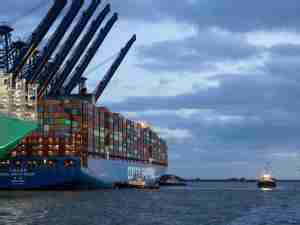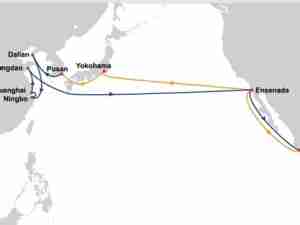U.S. displacing traditional LPG suppliers in Latin America
By: Reuters | May 27 2014 at 11:55 AM | Liner Shipping
U.S. sales of liquefied petroleum gas (LPG) to Latin America have quintupled since 2007, edging out more expensive exports from countries such as Saudi Arabia and Algeria, according to official data and traders.
With imported volumes surging fast and no domestic projects expected to open soon to produce cooking gas, Latin America’s financial outlays for LPG, which governments subsidize for consumers, are expected to grow.
A lack of industrial capacity and stagnant natural gas production in Latin America means there is too little LPG to satisfy voracious demand, while the shale boom in the United States has created a growing surplus.
“The U.S. is now Latin America’s natural supplier of LPG. Venezuela used to supply several Central American and Caribbean countries, but that’s not happening anymore,” said an industry consultant who declined to be identified because they advise LPG importers.
In addition to their close proximity to Latin America, U.S. producers are offering lower prices than other major exporters. That has prompted Brazil and Chile, two big buyers, to sign supply contracts with U.S. providers, traders and industry sources said.
The switch is benefiting the main U.S. LPG players, Targa Resources Partners and Enterprise Products Partners , which plan to add 400,000 bpd in export capacity by 2018.
LPG comes mainly from natural gas liquids that are processed at fractioning plants to separate methane from other more-valued gases, such as butane and propane.
Latin America last year imported about 206,000 barrels per day (bpd) of U.S. LPG, up from 38,000 bpd in 2007, according to the Energy Information Administration (EIA). It is the top destination of U.S. propane, butane and isobutane.
The LPG sales, along with climbing exports of refined products, are a sign the United States is regaining its economic footing in Latin America.
More opportunities would lie ahead if policymakers lift a ban on U.S. crude oil exports, as most Latin American countries need light crudes to mix with their own heavier ones.
Total U.S. LPG exports rose 482 percent since 2007 to 332,000 bpd last year. Analysts forecast some 450,000 bpd in exports this year and 800,000 bpd by 2018.
While U.S. prices have been steady, with benchmark propane around $1 a gallon, freights make LPG costly in Latin America.
Latin American governments buy LPG and then sell it as cooking gas at huge discounts through private distributors.
Venezuela, which once exported LPG to neighbors but has suffered production declines, has been importing since 2012.
While the retail price of a 9 kilogram tank in the United States is around $20, the same tank in Venezuela costs $0.57 and in Ecuador a 15 kilogram one costs $1.60.
Ecuador imported 88 percent of its LPG last year, spending $700 million in subsidies, the government said.





